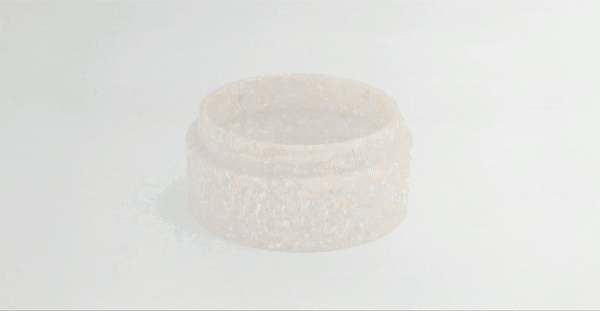Certifying your product
A third-party certificate such as the Seedling may be seen as advantageous in communicating the compostability claim and adding credibility. However, practice has shown that even though the Seedling certificate is appreciated in many contexts, not all stakeholders recognize it. In some context the EN 13432, in fact, is more commonly known.
Seedling certificate is product-specific, meaning that any application of the product, e.g. filling of a jar with cosmetics substance, requires separate testing of the jar. However, references to items that already have been certified may significantly lower the testing expenditure, and the process for certifying a product manufactured solely of materials already registered with no further additives is more straightforward.
For products, e.g. shopping bags, cutlery and clothing hangers, the certification is valid for three years and includes the right to use the “Seedling” mark. The certification process itself may take up to 12 months.
If you wish to communicate about the compostability of Sulapac®, you can simply download our self declaration of compostability.
Download Sulapac declaration of industrial compostability














